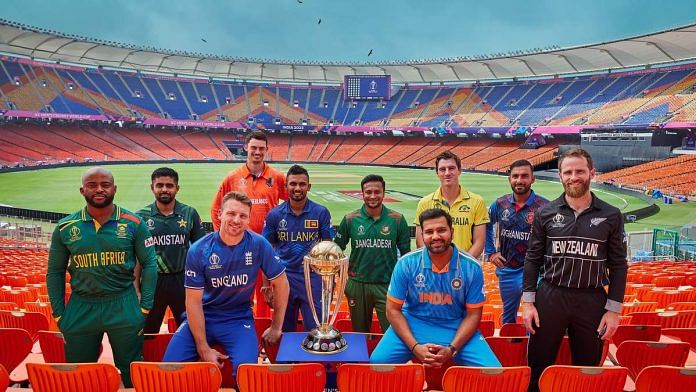New Delhi: International cricket’s biggest and most lucrative showpiece, the ICC Men’s Cricket World Cup, returns today, after a wait that was slightly longer than the usual four years, due to delays in the global cricketing calendar caused by the Covid-19 pandemic.
The tournament kicks off Thursday in Ahmedabad but won’t feature host nation India straightaway. Instead, the opening game is a rematch of the 2019 final, with defending champions England taking on runners-up New Zealand.
This edition of the World Cup is the second and last to feature 10 teams. The International Cricket Council (ICC) has announced that the flagship event will expand to 14 teams in line with prior editions like 2003, 2011, and 2015.
The announcement comes at a time when the relevance of ODI cricket outside World Cups has been repeatedly questioned. Some, like Marylebone Cricket Club (MCC) president and cricket commentator Mark Nicholas, have called for the abolition of bilateral ODI series, which have rarely featured the biggest nations fielding their strongest lineups due to increasingly crowded schedules.
Now, this prestigious tournament could act as a swansong for many players. The first announced retirement has come from 24-year-old Afghan pacer Naveen-ul-Haq, who was a T20 specialist prior to his selection for the World Cup. Overall, the World Cup could feature as many as 14 players aged 35 or older, with the Netherlands batter Wesley Barresi the oldest at 39.
Afghanistan unsurprisingly boast the most youthful squad on average at 24.4, although the team’s senior allrounder Mohammad Nabi also ranks among the oldest players in the tournament. Defending champions England have brought the oldest squad, with an average age of 31.4, although Australia aren’t far behind at 31.2.
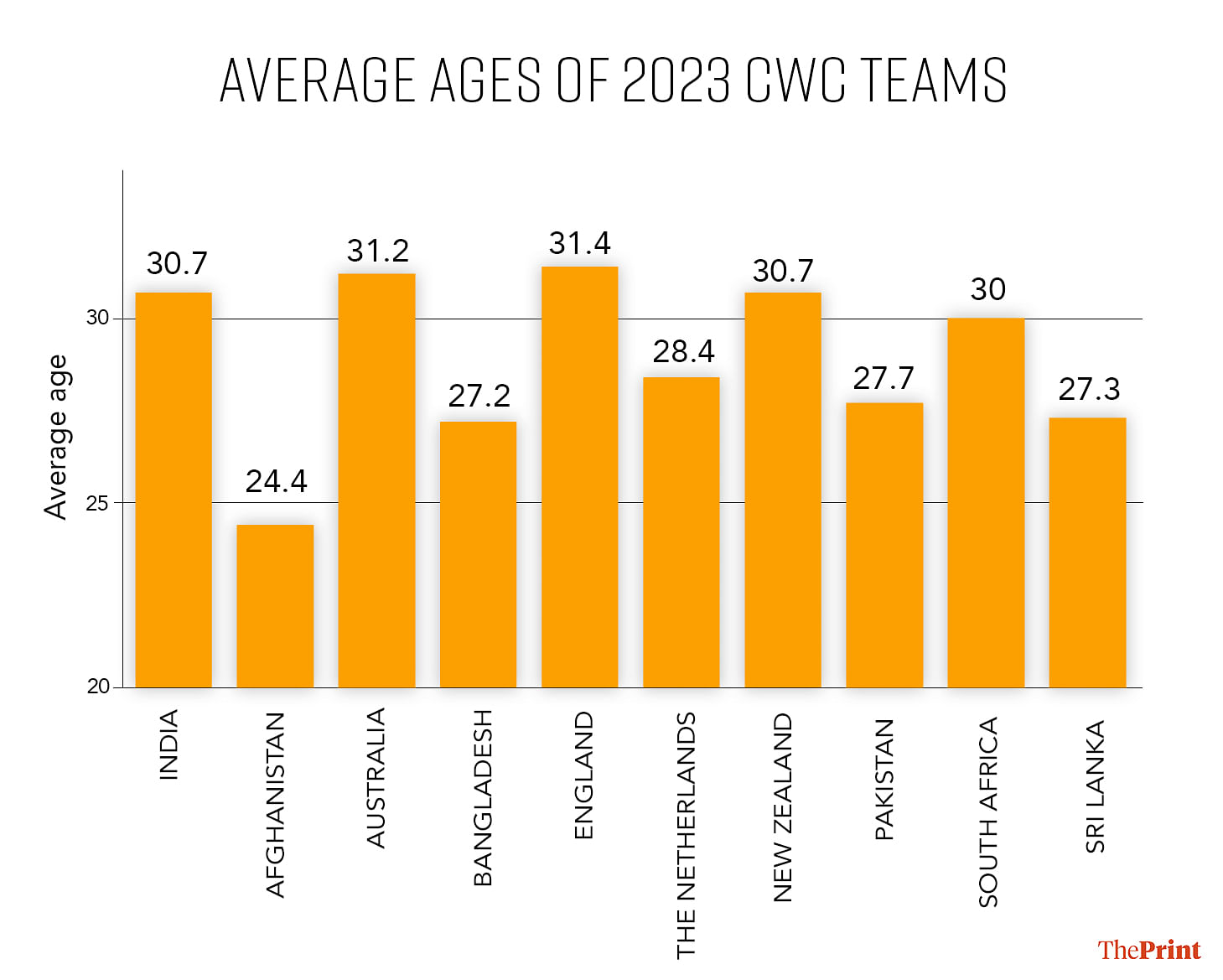
Out of the 150 players, 81 have been selected in a World Cup squad for the first time in their careers. This includes 9 Afghan, 5 Australian, 8 Bangladeshi, 6 English, 6 Indian, 14 Dutch, 6 New Zealand, 9 Pakistani, 7 South African, and 11 Sri Lankan cricketers.
ThePrint takes a look at each of the 10 participating teams and breaks down the factors that could increase or decrease their chances of success.
Also Read: India need not prepare extreme turning pitches to maintain home dominance in cricket. Here’s why
India — favourites to break 10-year trophy drought
The pressure and expectation of being the tournament host will weigh heavily on head coach Rahul Dravid and captain Rohit Sharma in the coming 45 days, both on and off the field. They are striving to replicate the success of MS Dhoni’s 2011 and 2013 ICC tournament-winning teams, but ODI cricket has changed significantly since then.
An oft-cited criticism of India’s white-ball teams in the past decade has been their failure to get over the line despite having either one of the strongest starting lineups or greatest squad depths on paper.
Some of these shortcomings in modern white-ball cricket can be put down to excessively cautious defensive tactics, particularly with the bat. For instance, India spent years searching for a permanent replacement for Yuvraj Singh at the no. 4 position.
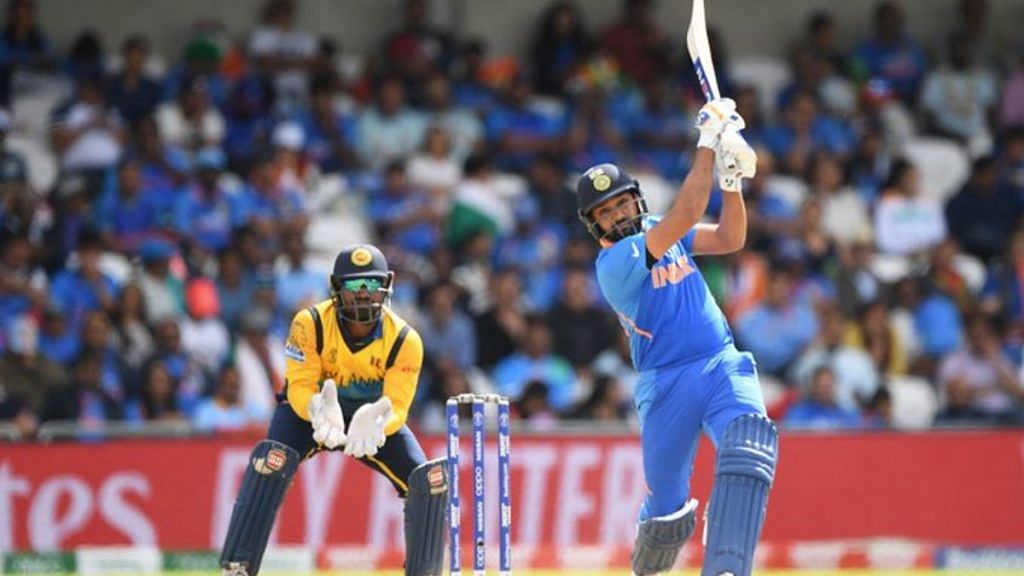
However, performances by the likes of KL Rahul, Shreyas Iyer, and Ishan Kishan during this post-2019 cycle and the recently concluded Asia Cup show that despite some fitness concerns, India boast a problem of plenty ahead of this World Cup.
There is unlikely to be a repeat of the last World Cup, where India made the baffling tactical decision to field four different players at the no. 4 position throughout the tournament.
Potential XI: Rohit Sharma (captain), Shubman Gill, Virat Kohli, KL Rahul (wk), Shreyas Iyer/ Ishan Kishan (wk), Hardik Pandya, Ravindra Jadeja, Kuldeep Yadav, Jasprit Bumrah, Mohammad Shami, Mohammad Siraj
England must overcome ageing spin attack to defend title
In the years since England’s beat New Zealand by the barest of margins, there have been notable changes to the team.
Former captain Eoin Morgan has swapped ball-striking on the field to a broadcasting role, and middle-overs pace enforcer Liam Plunkett has relocated to the United States. Ben Stokes, the matchwinner of the 2019 final, briefly retired from the format but returned ahead of the 2023 edition, albeit with doubts surrounding his availability for the opening match against New Zealand due to a hip injury.
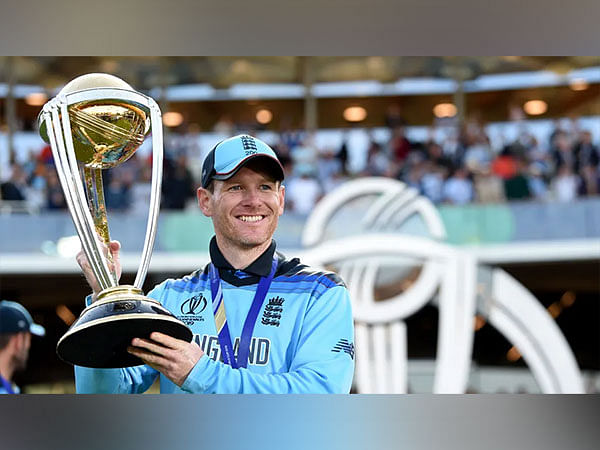
Wicketkeeping power hitter Jos Buttler filled the leadership void left by Morgan and led England to win the Men’s T20 World Cup last November. However, Plunkett’s role has yet to be fully replicated by the current crop of express pacers.
ODI cricket is a different kettle of fish and an under-prioritised one for the English. They’ve played just 42 ODIs since their 2019 World Cup victory.
Moreover, the majority of England’s current squad members featured sparingly in these ODIs, as they were often rested for fringe players amid crucial World Test Championship series or preparation for T20 World Cups.
Of those who did play regularly, Jason Roy racked up the most appearances at 32, but missed out on the final squad due to fitness and form issues. Veteran spinners Moeen Ali and Adil Rashid played 31 and 27 matches respectively, but their declining performances are cause for concern for England. This is compounded by the challenge of identifying the ideal fast bowling combination in the absence of Jofra Archer.
Potential XI: Jonny Bairstow, Dawid Malan, Joe Root, Ben Stokes/Harry Brook, Jos Buttler (c & wk), Liam Livingstone, Moeen Ali, Sam Curran, Chris Woakes/Reece Topley, Mark Wood, Adil Rashid
Australia fill Travis gap but need to find 5th bowler
If there is one team that has rivalled England in terms of wholesale squad rotation and rarely bringing their top talents together in this ODI cycle, it’s the five-time World Cup champions.
They are now aiming for a sixth title, bolstered by star left-arm pacer Mitchell Starc returning to form at the perfect time during the warm-up matches. Starc was the top wicket taker in both the 2015 and 2019 World Cups, thereby garnering a reputation as a “big game player” in ODIs.
Under the leadership of Andrew MacDonald, who succeeded the controversial Justin Langer as head coach, Australia’s selection strategy has become more analytically driven, especially in terms of maximising the powerplay with the bat.
However, a setback occurred when the linchpin of their newfound attacking play, Travis Head, suffered a fracture during a match against South Africa last month. He will miss the entire first half of the World Cup, forcing MacDonald and captain Pat Cummins to make some last-minute adjustments, including promoting Mitch Marsh to open the batting with stalwart David Warner.
Australia faces further complications in their fifth bowling options and spin depth due to a recurring calf issue for all-rounder Ashton Agar. As a result, Glenn Maxwell, who himself made a comeback from a freak leg fracture earlier this year, will have to support lead leg-spinner, Adam Zampa.
Potential XI: David Warner, Mitchell Marsh, Steve Smith, Marnus Labuschagne, Glenn Maxwell, Alex Carey (wk), Marcus Stoinis, Pat Cummins (c), Mitchell Starc, Josh Hazlewood, Adam Zampa
Pakistan can’t shake off Naseem absence
In keeping with the trend of de-prioritising ODI cricket, Pakistan also played only 36 matches between the two World Cups.
Captain Babar Azam was the sole player to feature in every one of these matches, amassing an impressive 2,196 runs at an average of 66.54. Among the senior batsmen, Mohammad Rizwan, Fakhar Zaman, and Imam-ul-Haq each made appearances in more than 30 matches.
But the star performer aside from Babar was young and quick Naseem Shah, who took 32 wickets in 14 matches at an average of 16.96 at an economy 4.68 — gold dust in the modern ODI era.
However, Naseem too fell prey to the gruelling year-round cricketing schedule. He was sidelined by an injury during the Asia Cup, which ruled him out of the World Cup and dealt a big blow to Pakistan’s previously realistic hopes of reaching the final.
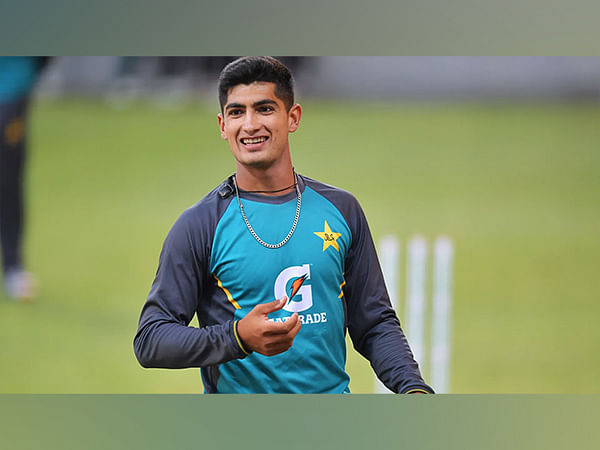
To offset the loss, head coach Grant Bradburn and the selection panel decided to recall the experienced Hasan Ali and the erratic Mohammad Wasim Jr. While Hasan offers disciplined lines and lengths and largely economical figures with the new ball, the express pace that Naseem Shah provided, reminiscent of a bygone era in Pakistani fast bowling, cannot realistically be replaced.
Potential XI: Imam-ul-Haq, Fakhar Zaman, Babar Azam (c), Mohammad Rizwan (wk), Saud Shakeel/Salman Agha, Iftikhar Ahmed, Shadab Khan, Mohammad Nawaz, Shaheen Shah Afridi, Hasan Ali, Haris Rauf
New Zealand trade off middle order stability for Kane’s return
Many casual cricket fans wrote off New Zealand’s World Cup ambitions as soon as captain Kane Williamson ruptured his ACL while fielding for the Gujarat Titans at the IPL opener six months ago.
Now, Williamson appears to be on track for a remarkable recovery, allowing him to play at least some part in the World Cup. Nonetheless, writing off coach Gary Stead’s Kane-less Black Caps does a massive disservice to the batting performances shown in the talisman’s absence.
Moreover, the pace attack led by Trent Boult and Matt Henry can be considered the best in the world in most conditions due to their maximisation of swing and economical returns. This makes the prospect of their first encounter with England’s openers all the more exciting.
Aside from the inconsistent returns of spinners Mitchell Santner, Rachin Ravindra and Ish Sodhi, the biggest challenge Stead will face is juggling his team’s batting order since Williamson cannot realistically play every match. Wicketkeeper Tom Latham will be the stand-in captain.
Potential XI: Devon Conway, Will Young/Rachin Ravindra, Kane Williamson (c)/Mark Chapman, Daryl Mitchell, Tom Latham (wk), Glenn Phillips, James Neesham/Ish Sodhi, Mitchell Santner, Lockie Ferguson, Matt Henry, Trent Boult
Netherlands target two wins in long-awaited return
It’s fair to say that the Associate nations weren’t initially expected to qualify for the ODI World Cup, especially since the tournament was limited to just 10 teams. The T20 counterpart seemed like a more financially viable prospect.
However, despite missing several key players due to injuries and commitments in county cricket, the Netherlands defied the odds at the World Cup qualifier in Zimbabwe. Under the leadership of head coach Ryan Cook and captain Scott Edwards, the team finished second behind Sri Lanka.
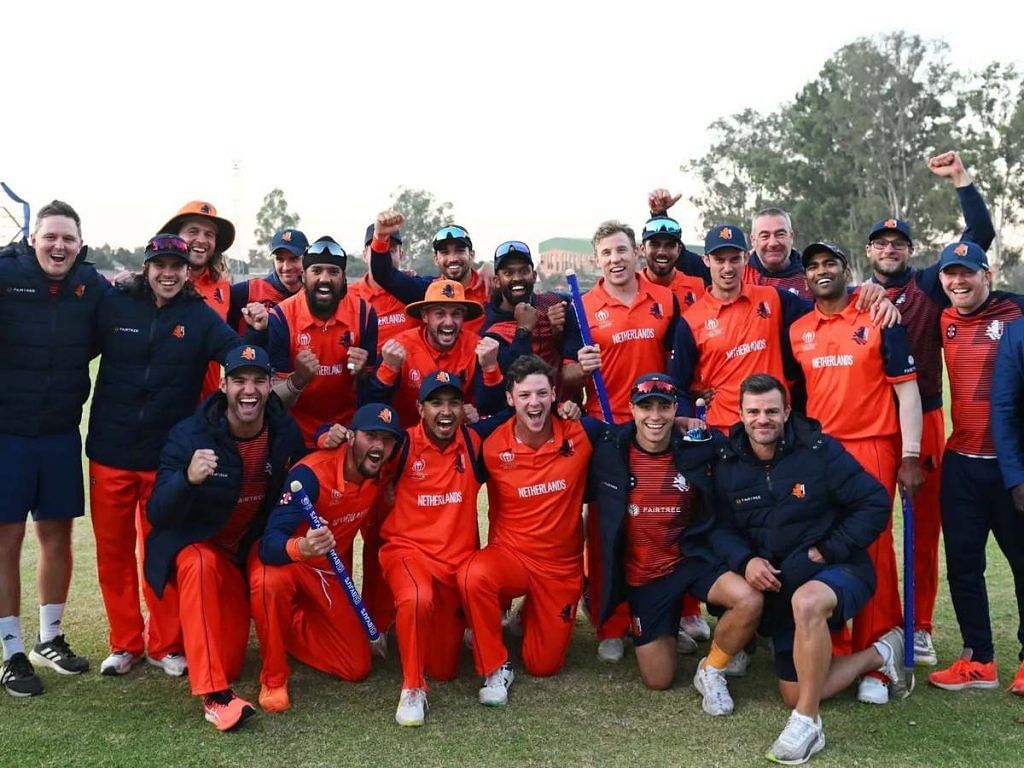
The star performers during the qualifier were allrounders Logan van Beek, Teja Nidamanuru, and Bas de Leede, who stood out in nail-biting wins against the West Indies and Scotland. They will now gain more experience with the new ball and in the middle overs, thanks to the return of fast bowler Paul van Meekeren and allrounders Colin Ackermann and Roelof van der Merwe.
But the Dutch will face two major challenges in Indian pitches: their struggles against spin and their glacial scoring rates after the powerplay. Opener Max O’Dowd will need to play the anchor role until the death overs in every game to prevent collapses against bigger opposition.
As a result, winning even 2 out of 9 games in their first World Cup appearance since 2011 will be seen as a massive success for the Dutch.
Potential XI: Vikramjit Singh, Max O’Dowd, Wesley Barresi, Bas de Leede, Colin Ackermann, Teja Nidamanuru/Sybrand Engelbrecht, Scott Edwards (c & wk), Roelof van der Merwe/Aryan Dutt, Logan van Beek, Ryan Klein, Paul van Meekeren
Afghanistan dare to dream despite glaring flaws
Lately, the reputation for unpredictable and chaotic games appears to have shifted from Pakistan to their neighbours in Afghanistan.
Even before the Taliban takeover, the team has faced ongoing off-field management issues, including changes in captaincy and coaching. Still, for better or worse, Afghanistan has consistently featured in the most competitively close encounters in white ball tournaments.
A recent example of this was during the Asia Cup last month, where an embarrassing miscalculation of the net run rate by the coaching staff headed by Jonathan Trott cost them a potential historic win over Sri Lanka.
But Afghanistan have been moving full steam ahead, further sharpening their approach of winning games in the middle overs, milking singles with the bat and putting on the run rate squeeze with the ball thanks to their superlative spinners.
What will continue to work against the Afghans, however, is their propensity to fall apart if neither Rahmanullah Gurbaz nor Ibrahim Zadran bats through the innings. Settling on the ideal pace bowling combination may also be a challenge among options more suited to T20 cricket.
Potential XI: Rahmanullah Gurbaz (wk), Ibrahim Zadran, Rahmat Shah, Hashmatullah Shahidi (c), Mohammad Nabi, Najibullah Zadran, Rashid Khan, Azmatullah Omarzai, Mujeeb ur Rahman, Naveen-ul-Haq, Fazalhaq Farooqi
Sri Lanka’s Silverwood-Shanaka struggle with injury-hit squad
Under head coach Chris Silverwood and captain Dasun Shanaka, Sri Lanka has experienced both extremes of fan adulation and condemnation this year.
They began on a high note by winning 13 consecutive ODIs, including a flawless record at the qualifier in Zimbabwe. However, Shanaka’s team faltered when up against stronger opposition at the Asia Cup. While they secured hard-fought wins against Afghanistan and Pakistan, they also suffered crushing defeats to India, particularly in the final.
Shanaka, amidst scrutiny over his own declining contributions with bat and ball and rumours over his resignation following the Asia Cup, has stayed on to captain the side. This helps provide stability, which is crucial given Sri Lanka’s more pressing concern — player injuries.
The team will sorely miss star legspinner Wanindu Hasaranga and fast bowler Dushmantha Chameera. A match fitness cloud also hangs over mystery spinner Maheesh Theekshana, who could miss the start of the tournament.
With a squad that features experienced but inconsistent batters and talented yet inexperienced bowlers, Sri Lanka would do well to aim for a midtable finish to start with and hope that the battle for fourth remains a lottery.
Potential XI: Pathum Nissanka, Kusal Perera, Kusal Mendis (wk), Sadeera Samarawickrama, Charith Asalanka, Dhananjaya de Silva, Dasun Shanaka (c), Dunith Wellalage, Maheesh Theekshana/Lahiru Kumara, Kasun Rajitha/Dilshan Madushanka, Matheesha Pathirana
Bangladesh’s signature off-field drama returns
In almost every white-ball tournament since 2015, the build-up to Bangladesh’s World Cup bid has been mired in off-field drama and controversies surrounding the availability of veteran opener Tamim Iqbal.
Captain Shakib al Hasan had the final say, and a semi-injured Tamim was left out in favour of options a decade younger. However, Shakib’s own availability for the team’s first match against Afghanistan is in doubt following a foot injury last week.
If Shakib fails to recover in time, leadership duties could fall on allrounder Mehidy Hasan Miraz, who has already juggled multiple high-pressure responsibilities lately. He opened the batting to some success in multiple Asia Cup matches while the rest of the Tigers’ top order struggled.
Bangladesh will rely on several members of the champion 2020 U-19 World Cup team, such as middle-order batter Towhid Hridoy and left-arm quick Shoriful Islam. They are expected to form a more cohesive side in conditions that are more familiar to them than the 2019 World Cup, but face an uphill climb regardless.
Potential XI: Tanzid Hasan, Litton Das, Nazmul Hussain Shanto, Shakib al Hasan (c), Towhid Hridoy, Mushfiqur Rahim (wk), Mehidy Hasan Miraz, Mahedi Hasan/Mahmudullah, Taskin Ahmed, Shoriful Islam, Hasan Mahmud/Mustafizur Rahman
South Africa trust high-risk lineup with suspect allrounder
In stark contrast to the tumultuous build-up to their ill-fated 2019 World Cup campaign, South Africa now boasts the most settled and formidable batting order. Their positional roles are crystal clear, maximising their strengths on Indian pitches.
All six— Quinton de Kock, Temba Bavuma, Rassie van der Dussen, Aiden Markram, Heinrich Klaasen, and David Miller—have been averaging over 40 and striking at a rate of 90 or more in the post-2019 World Cup cycle.
However, Proteas’s batting plummets after David Miller’s no. 6 position.
To have the best chance of taking 10 wickets every game, their preferred lineup features two pacers and two spinners who are all tailenders in practice, and an inexperienced allrounder in Marco Jansen.
The biggest worry for Jansen is that he hasn’t come anywhere near his peak potential in ODIs. Although his 265 runs from 14 ODIs have come at an impressive strike rate of 114, his 18 wickets have come at an average of over 38 and an economy of over 6. With fellow pacer Anrich Nortje out injured, Jansen’s bowling in support of seniors Rabada and Ngidi could be tournament-defining for South Africa.
Potential XI: Quinton de Kock (wk), Temba Bavuma (c), Aiden Markram, Rassie van der Dussen, Heinrich Klaasen, David Miller, Marco Jansen, Keshav Maharaj, Kagiso Rabada, Lungi Ngidi, Tabraiz Shamsi
(Edited by Asavari Singh)
Also Read: The true story behind one of India’s darkest cricketing days: the 1996 World Cup semi-final


